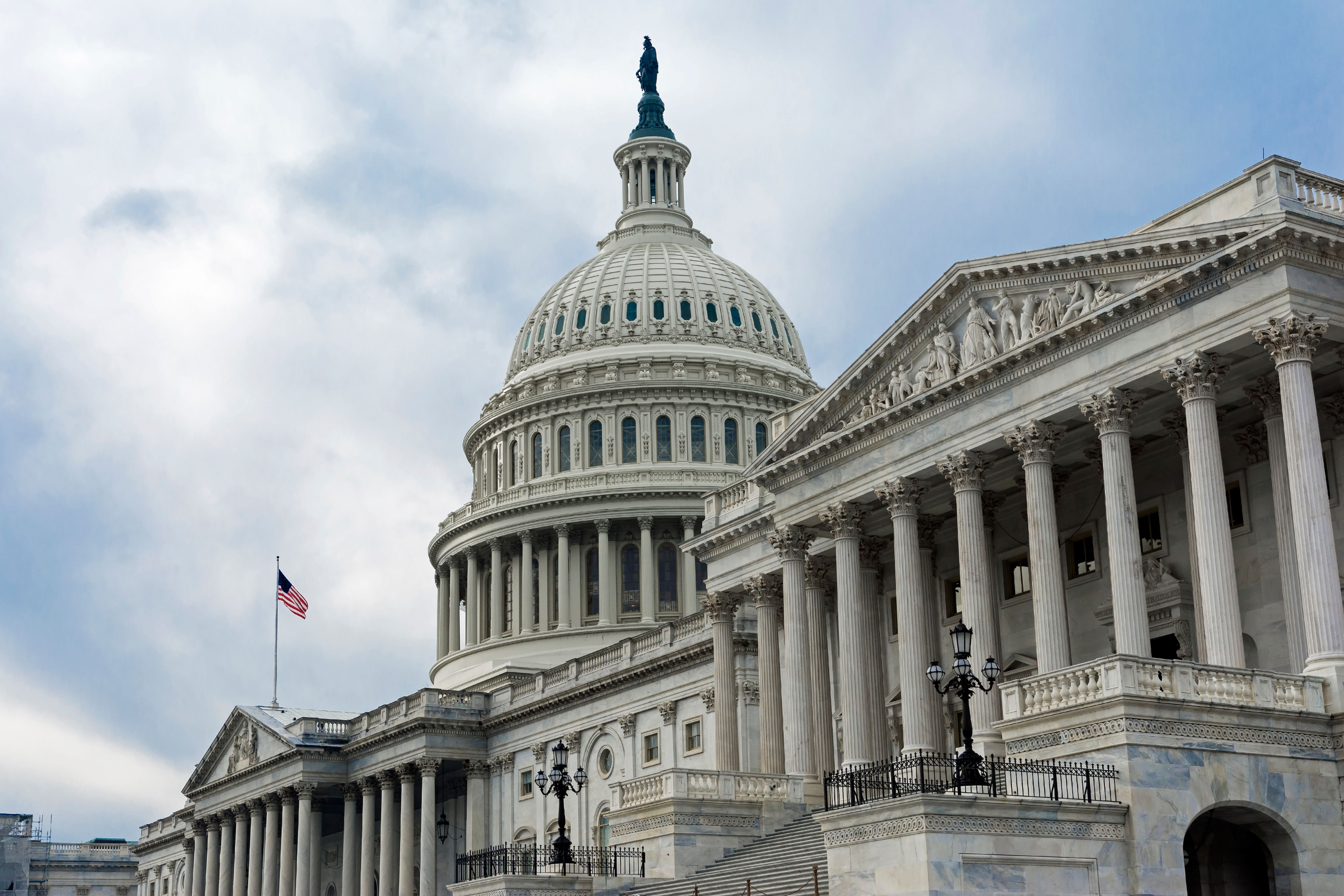Navigating the Maze: Understanding Government Procurement Processes
Introduction to Government Procurement
Government procurement refers to the process by which government bodies acquire goods, services, and works from external sources. Navigating this complex process can be daunting for newcomers, but understanding the basic principles can make it more approachable. Whether you are a small business owner or a seasoned contractor, gaining insight into these processes is crucial for success.

The Importance of Government Procurement
Government procurement plays a vital role in supporting public services and infrastructure. By purchasing goods and services efficiently, governments can ensure that taxpayer money is well spent. Additionally, these processes help stimulate economic growth by providing opportunities for businesses of all sizes to participate in government contracts.
Understanding the importance of transparency and competition within this system is essential. It ensures that contracts are awarded fairly and that the best value is obtained for public funds. For businesses, engaging in government procurement can lead to long-term partnerships and financial growth.
The Procurement Process Explained
The government procurement process generally follows a series of structured steps that include:
- Need Identification: The government identifies a need for goods or services.
- Tendering: A request for proposal (RFP) or invitation to tender (ITT) is issued.
- Evaluation: Submitted bids or proposals are evaluated based on set criteria.
- Awarding: The contract is awarded to the selected provider.
- Contract Management: Ongoing management of the contract ensures compliance and performance.

Key Challenges in Government Procurement
Despite its structured nature, government procurement presents several challenges. Understanding these challenges can help businesses navigate the process more effectively:
- Complex Regulations: Procurement regulations can be intricate and vary between jurisdictions.
- Competition: High levels of competition can make it difficult for new entrants to secure contracts.
- Lengthy Processes: The time-consuming nature of procurement can be a barrier for some businesses.
Strategies for Success
To successfully engage in government procurement, businesses should consider adopting the following strategies:
- Research: Thoroughly research potential opportunities and understand the specific requirements of each tender.
- Build Relationships: Establish connections with procurement officials and other stakeholders.
- Be Prepared: Have all necessary documentation and certifications ready to streamline the bidding process.

The Role of Technology in Procurement
The advent of technology has significantly impacted government procurement processes. Online platforms and e-procurement systems have streamlined many aspects, making it easier for businesses to access information and submit bids. These tools increase transparency and efficiency, providing equal opportunities for all potential vendors.
Staying updated with technological advancements can provide a competitive edge, allowing businesses to respond swiftly to procurement opportunities as they arise.
Conclusion: Embracing Opportunities
Navigating the maze of government procurement may seem overwhelming at first glance, but with the right knowledge and strategies, it can lead to significant opportunities for growth. By understanding the process, overcoming challenges, and leveraging technology, businesses can position themselves as valuable partners to government entities.
The key is persistence and preparedness. With these attributes, companies can successfully navigate the complexities of government procurement and unlock new avenues for success.

